
As an IT professional, tracking your tech stack and exploring Datadog alternatives is important for maintaining security, optimal performance, and health. However, developing and hosting an observability platform can be quite time-consuming and costly.
That is where Datadog stands out! Datadog is a SaaS-based monitoring and observability tool. But if you have already used Datadog and want to switch to another observability platform, then this article is for you! In this article, we’ll look at the top 10 Datadog alternatives to consider in 2025.
About Datadog?

Datadog is a full-stack observability platform used by many enterprises to track their real-time application, server, network, end-user, synthetic, and infrastructure health. This platform helps you to monitor both cloud-based and on-premises IT infrastructure.
Datadog provides an integrated view of data generated on overall aspects of IT infrastructure, making it best for organization use cases.
Moreover, it is used for interpreting the IT infrastructure data into actionable insights that will eventually help to improve the overall system’s security and efficiency.
Benefits of Datadog
1. Use across platforms: It is used across platforms such as web-based apps, Windows, Linux, Mac, and Self-hosted applications.
2. Performs data collection and analysis: It performs both data collection and analysis across cloud environments and on-premises.
3. Collect and analyze data: Collect and analyze data such as logs, metrics, and events. It also requests traces from all the applications, platforms, and services.
4: Automated alerts: It provides automated alerts for a single host or cluster by email, Slack, PagerDuty, ServiceNow, etc.
5. Enables to monitor: Datadog enables DevOps teams to monitor any application and stack from anywhere.
Limitations of Datadog
1. Limited Exploratory Analysis: Datadog lacks a query language that limits exploratory analysis.
2. Costly: Scaling usage can be costly and challenging.
Top 10 Datadog Alternatives You Can Consider in 2025
1. Dynatrace
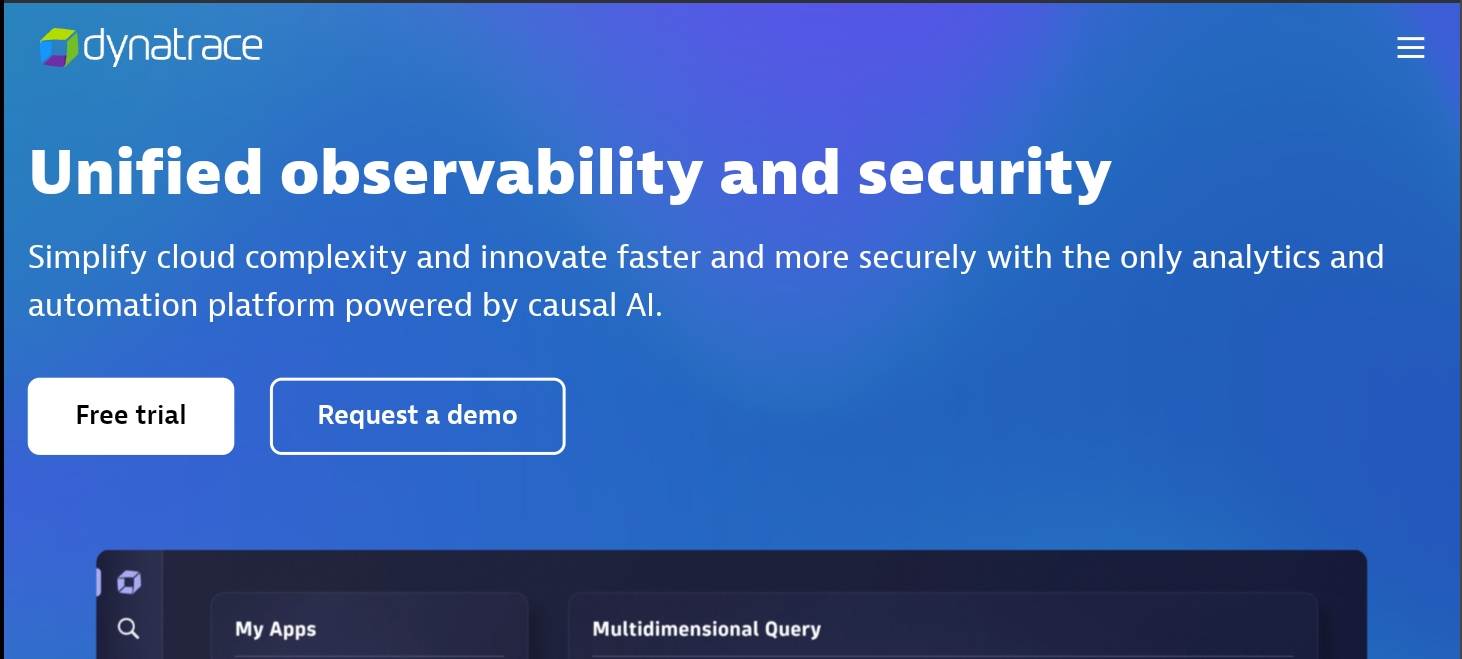
Dynatrace is one of the Datadog Alternatives. It is an end-to-end observability platform that offers tools majorly focused on tracking modern infrastructures and mainly distributed applications, business intelligence, and user experience. Dynatrace offers better integrated and more advanced AI-powered features than Datadog.
Pros:
1. Provide More Features: Dynatrace has more features when it comes to tracking and monitoring.
2. Easier setup and configuration: The process of installation is easier in Dynatrace.
3. Uses AI engine: It uses AI engines to discover problems and give solutions.
4. Better Integration: Dynatrace offers better integrated and more advanced AI-powered features.
5. User-friendly: Dynatrace provides a user-friendly interface to its users.
Cons:
1. Not well structured: In Dynatrace, documentations are not very well structured.
2. Costly: As compared to Datadog, Dynatrace is more expensive.
2. New Relic
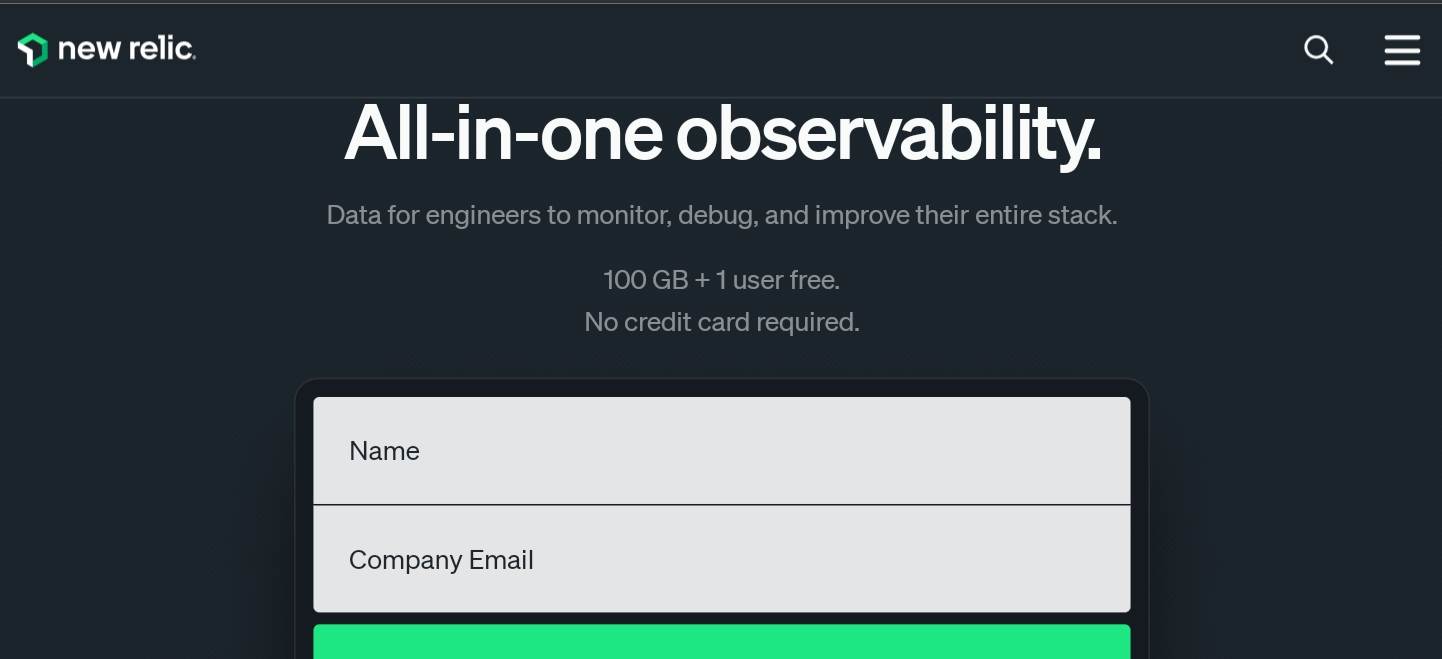
It is also an observability platform and Datadog alternative. It provides almost the same functionalities, including application monitoring, charting, infrastructure monitoring, dashboarding, alerting, and log management. It is well integrated with different technologies. You can transfer data from any source you want.
Pros:
1. Better user interface: New Relic offers a better user interface.
2. Functionality: The best Datadog alternative in terms of functionality.
3. Better documentation: It provides better documentation and support.
4. Well Integrated: It is well integrated with different technologies.
Cons:
1. Costly: As compared to Datadog it is more costly.
3. Better Stack

Better Stack can also be considered as one of the Datadog alternatives. It is an observability platform with different products such as Better Uptime for monitoring management and Logtail for log management.
Pros:
1. User-friendly interface: The user interface of Better Stack is beautifully designed.
2. Competitive pricing: It provides different plans for different sizes of teams.
3. Functionality: It comes with team management functionalities suitable for organizations and companies.
Cons:
1. Not that compatible: It cannot replace Datadog completely.
2. Limited features: Some features are not available in Better Stack.
4. Splunk

Splunk is one of the software of American origin. It is also an Datadog alternative that helps in monitoring, searching, and analyzing machine-generated data. It also generates visualizations, reports, alerts, dashboards, and graphs. It uses a web-style interface, letting you edit your dashboard. This is used to monitor the large volumes of data. It offfers solutions that deliver unified observability and security.
Pros:
1. Documentation: Documentation is easily provided in Splunk.
2. Scalability: Debugging is available and scalable.
3. Implementation: It is easy to implement
4. Quite Fast: It is quite fast as compared to Datadog.
5. Strong Community Support: Large organizations can chhose Splunk due to its strong community support.
Cons:
1. Costly: It is licensed and hence quite expensive.
2. Complexity: It has a complex setup.
5. LogicMonitor
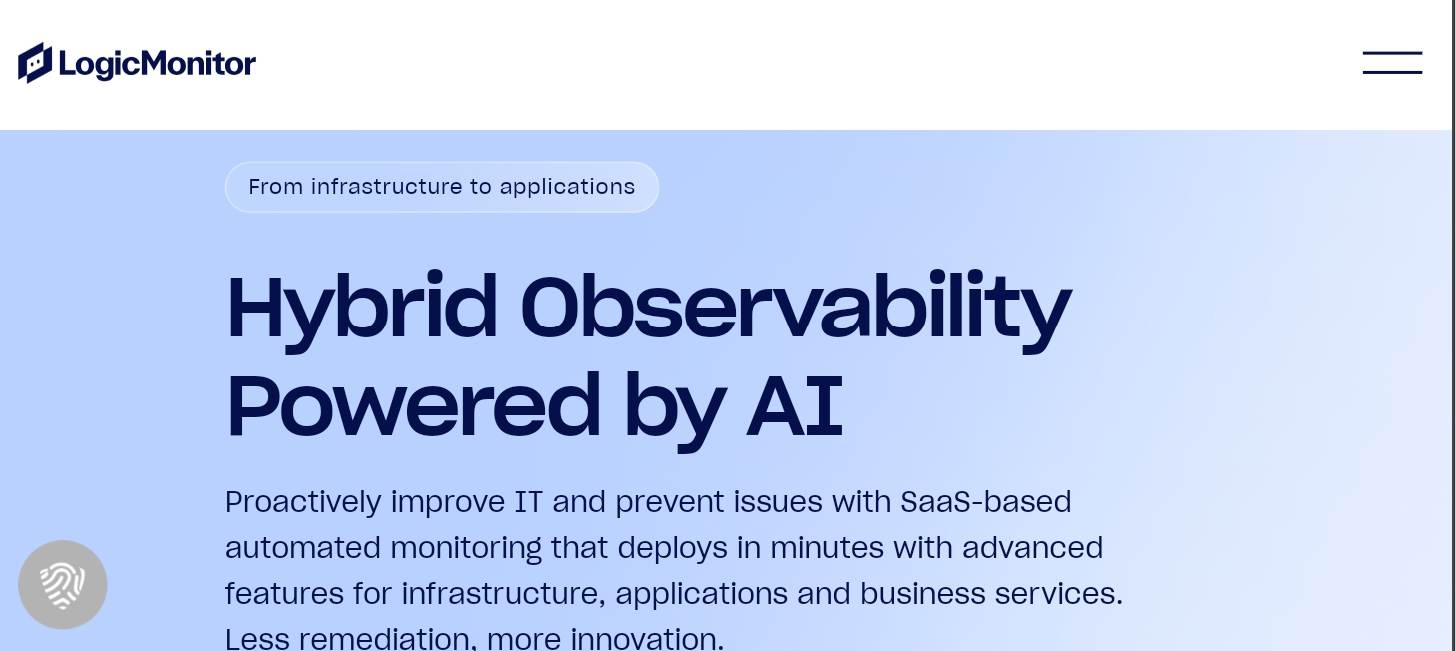
LogicMonitor is also a Datadog alternative. It is a SaaS-based monitoring platform customized to help businesses monitor their IT infrastructure. It also helps to gain valuable insights into their operations. It is used by a large number of companies, from small businesses to large enterprises. It allows you to track the performance and availability of their devices, networks, applications, etc.
Pros:
1. Well-Integrated: The software provides well-integrated systems, making it easier for you to start monitoring quickly.
2. Customizable Dashboards: It offers highly customizable dashboards, permitting you to view metrics.
3. AI-Driven Insights: The platform uses AI to predict the issues and prevent them, improving overall system performance.
Cons:
1. Learning Curve: The system offers many features beneficial for newcomers.
2. Limited Reporting: Compared to competitors, it has limited reporting features.
6. Sumo Logic
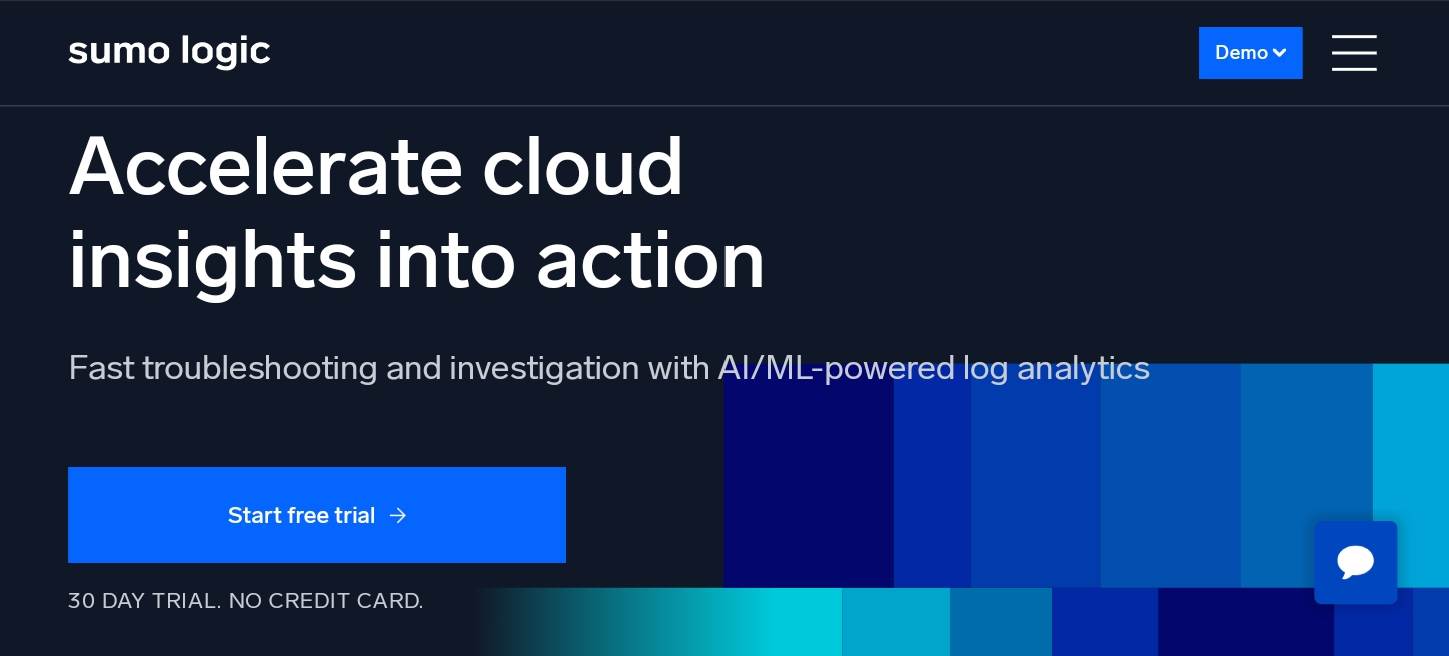
Sumo Logic is also on the list of Datadog alternatives. Sumo Logic was based on cloud machine data analytics. It majorly focuses on security and operations. It was launched in 2010. It provides dashboards that are customizable and are used to display security metrics and data performance. It takes data and transforms it into the form of tables and charts.
Pros:
1. Security: It allows you to create security alerts.
2. Notify the threats: It helps in data protection by notifying the threats.
3. Full access: The users are given full access to their centralized data management login.
4. Customizable: It lets you create customized feeds and reports.
Cons:
1. Complexity: As it has a steep learning curve, it becomes quite complex to set up.
2. Costly: As compared to other Datadog alternatives it is also quite expensive to use.
7. Instana
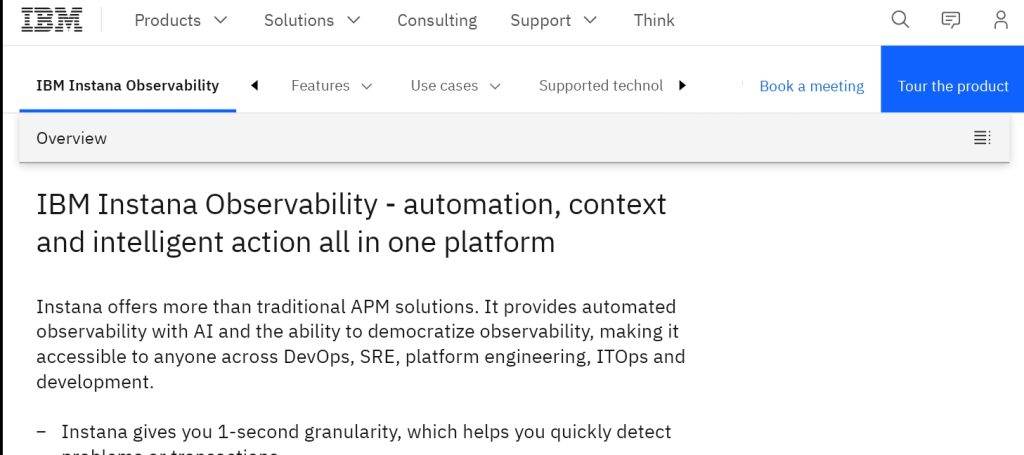
Instana is an IBM company and can be one of the Datadog alternatives. It is a contextual, automated, and actionable observability platform. It is powered by Application Performance Management (APM). This tool can also help to optimize the user experience.
Pros:
1. Customer Support: Instana has a good reputation for providing a strong customer support team.
2. Troubleshoot Problems: Instana analyzes the problem to troubleshoot and optimize performance faster.
3. Preferred tools: It is one of the preferred tools for Kubernetes monitoring and container.
4. Customizable Dashboard: You can easily customize the dashboard according to your preference.
5. Pricing: The pricing plan is also quite flexible.
Cons:
1. Time-consuming: Instana might appear time-consuming to you if you are a beginner.
2. Complexity: It takes time to understand and learn it setting up a process to use it initially
8. Zabbix
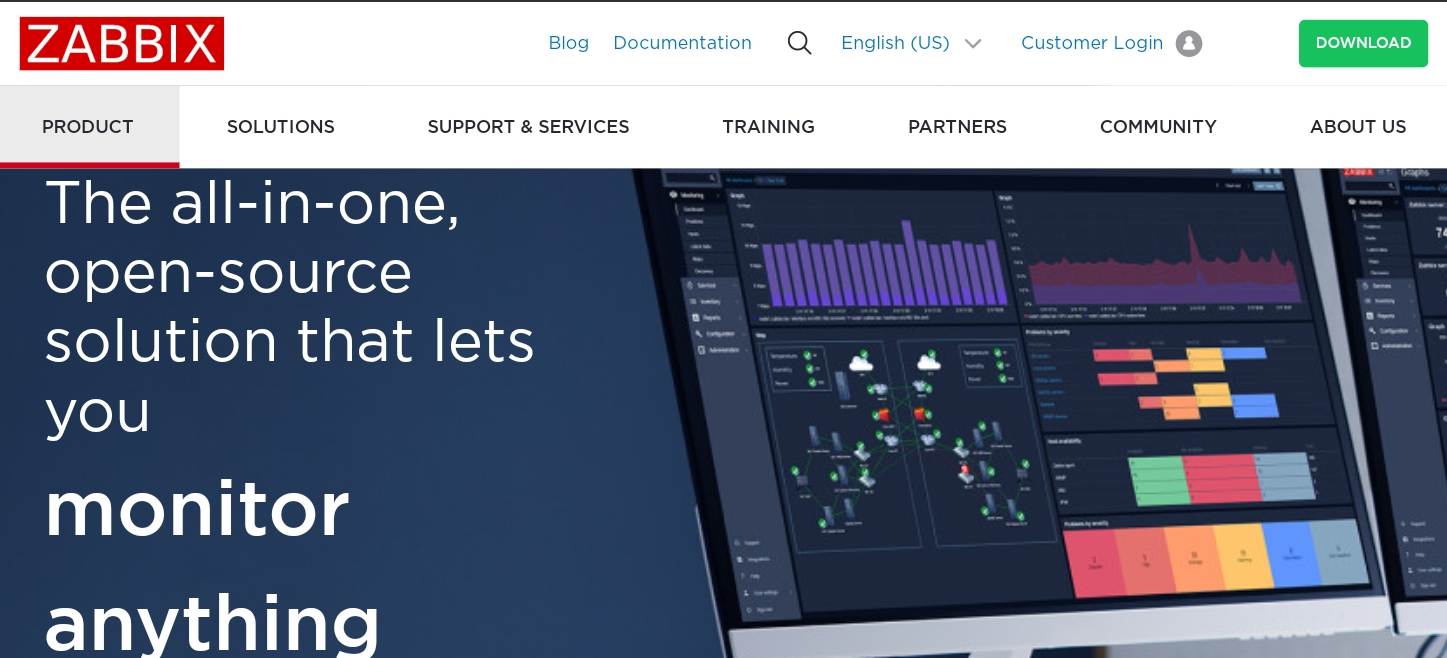
Zabbix is also a Datadog alternative. It is an open-source monitoring tool, used to monitor networks, servers, cloud services, IT components, and virtual machines. It is used to provide monitoring metrics and monitor disk space, network usage, consumption, and CPU load. This tool supports various operating systems such as Mac OS, Linux, Solaris, etc. This tool uses a separate database to collect the data and monitor the applications.
Pros:
1. Monitor both server and network devices.
2. Flexibility in decentralizing users.
3. All Zabbix configuration is through a web interface.
4. Supports Linux, Solaris, FreeBSD
5. Trusted in user authentication.
Cons:
1. User- interface: UI/UX needs to be more detailed and catchy.
2. Limited templates: Zabbix should offer more templates for rich monitoring.
9. SolarWinds
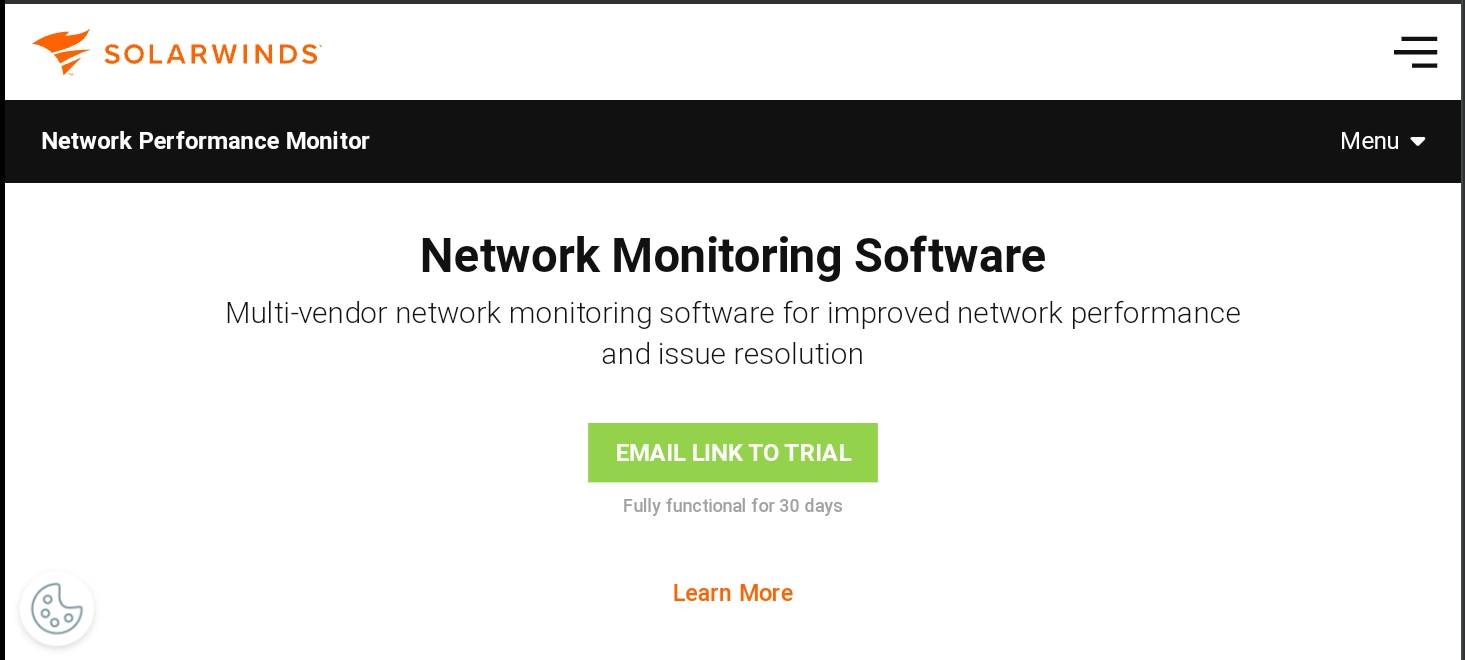
SolarWinds is one of the system monitoring tools that helps to track the performance of applications and servers. It is widely one of the popular monitoring tools for managing several vendor systems. It is very easy to install and takes almost no time. The SolarWinds tool is also capable of planning the capacity of the application and network. Various templates available for reports also help to create a report containing details about network performance. It can also be considered as one of the Datadog alternatives.
Pros:
1. Analyze the Problem: This tool analyzes the problem to fix it quickly.
2. Monitor Hardware Components: This tool also helps to monitor the hardware components like temperature, power supply, fan speed, etc.
3. Monitor Both Application Types: The SolarWinds monitoring tool can monitor both virtual and physical applications.
4. Alert Users: This tool also offers the functionality of alerting users whenever any issue arises.
5. Free trial: The tool provides you with a thirty-day free trial version so that you can analyze the functionality of this tool.
Cons:
1. Expensive: SolarWinds system monitoring tools might appear expensive to you.
2. Configuration Difficulties: In SolarWinds system monitoring tools you might encounter some configuration difficulties.
10. AppDynamics
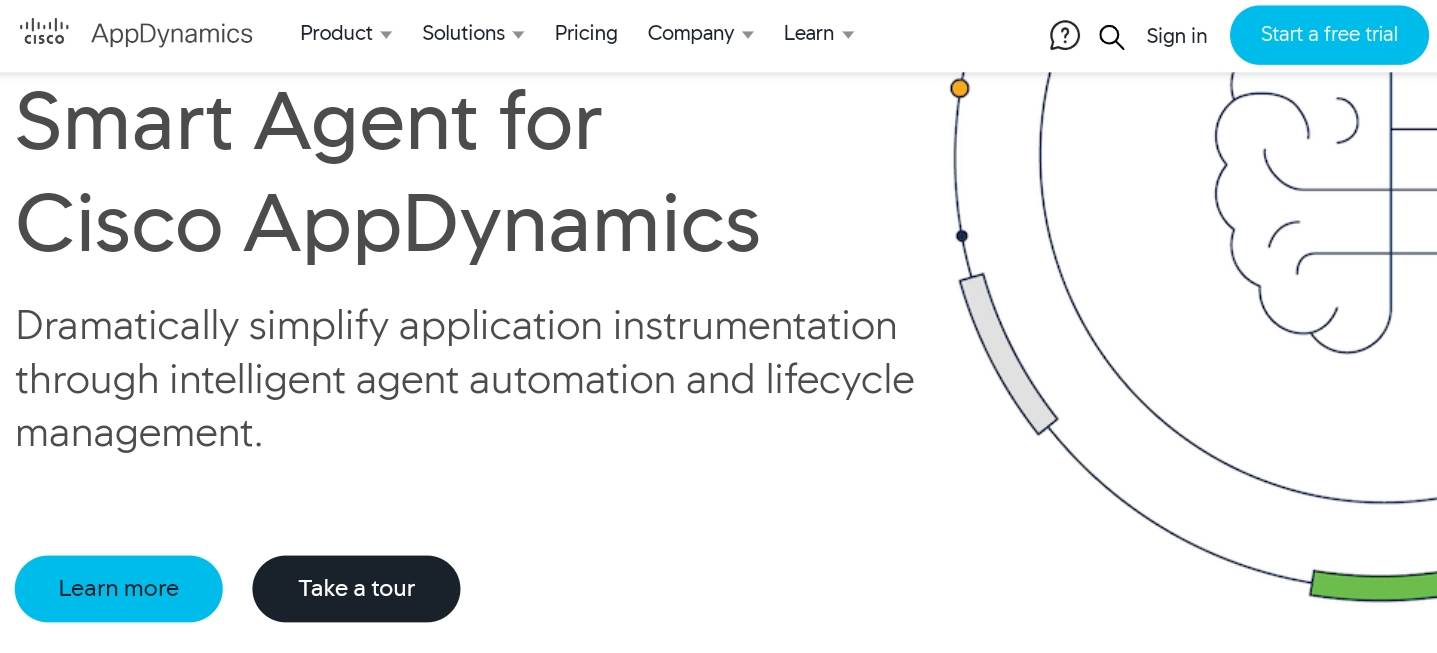
AppDynamics is also one of the Datadog alternatives which helps you to monitor and manage the performance of the tool. It allows your enterprises to monitor, optimize, and analyze the environment. It is also very good at managing applications in the cloud.
It is developed for use in the production environment, but it also works in the pre-production environment. It is suggested to test the application once using it in the development environment so that if any vulnerabilities arise they can be detected.
Pros:
1. Helps to Monitor Application: It helps to monitor the application, its working, and its maintenance.
2. Allow Business Transaction Analysis: It allows monitoring of business transactions as well.
3. User-friendly Interface: The user interface is easy to understand, and hence it is user-friendly to use.
4. Users can set an alarm: Users can set alarms in it to be notified easily if something goes wrong, instead of looking at the display all the time.
5. Easy Report creation with customized templates: This feature makes the applications helpful in all ways like documentation, setting alarms, monitoring, and reviewing the application.
Cons:
1. No Customization: In AppDynamics, you can’t customize the work handling of the applications.
2. Might be Costly: AppDynamics might be costly for small applications.
Conclusion
In conclusion, these are the 10 best Datadog alternatives. Before choosing any monitoring platform, we suggest you discuss your requirements with your team, visit each platform, and compare these options for further information.
If you are more concerned about the cost then we can help. This article provides you with a comparison between these platforms and how each platform can fulfill your business needs



